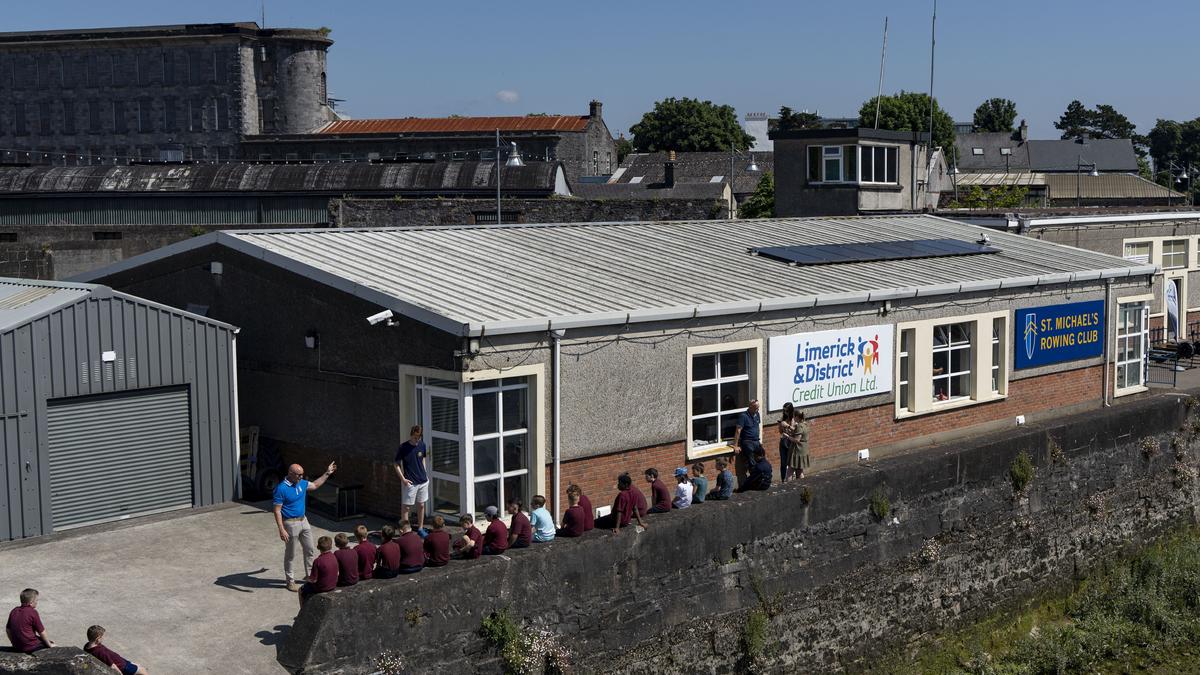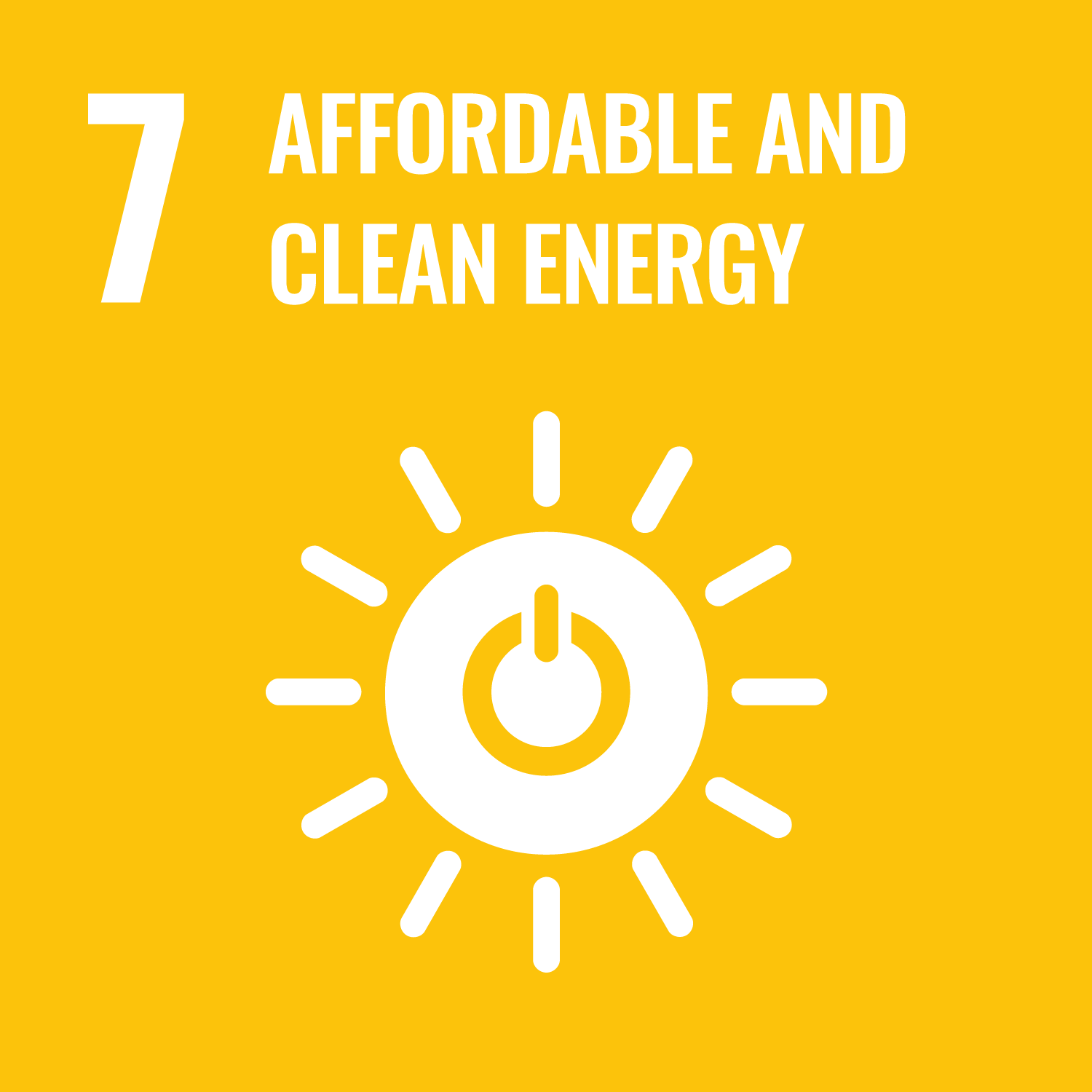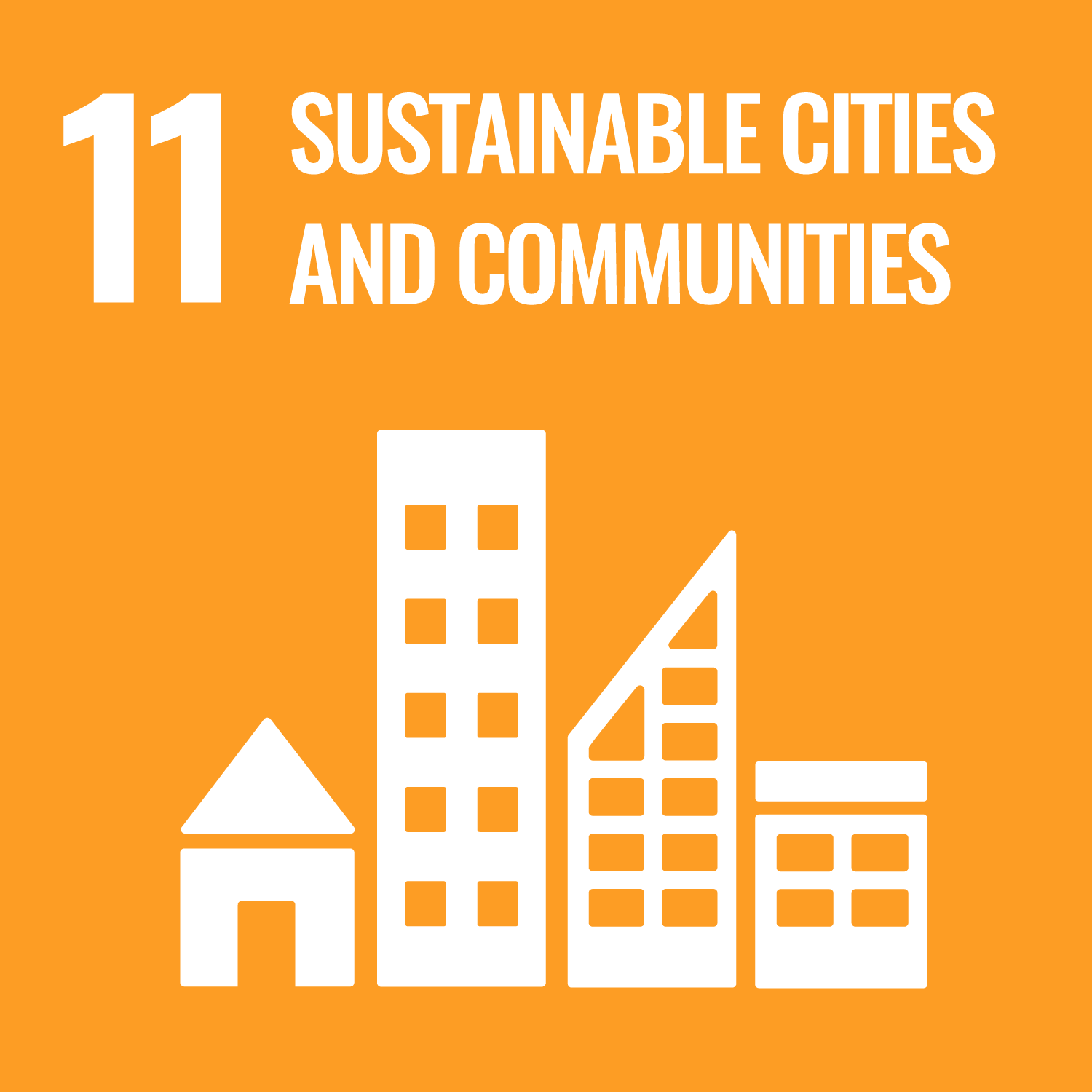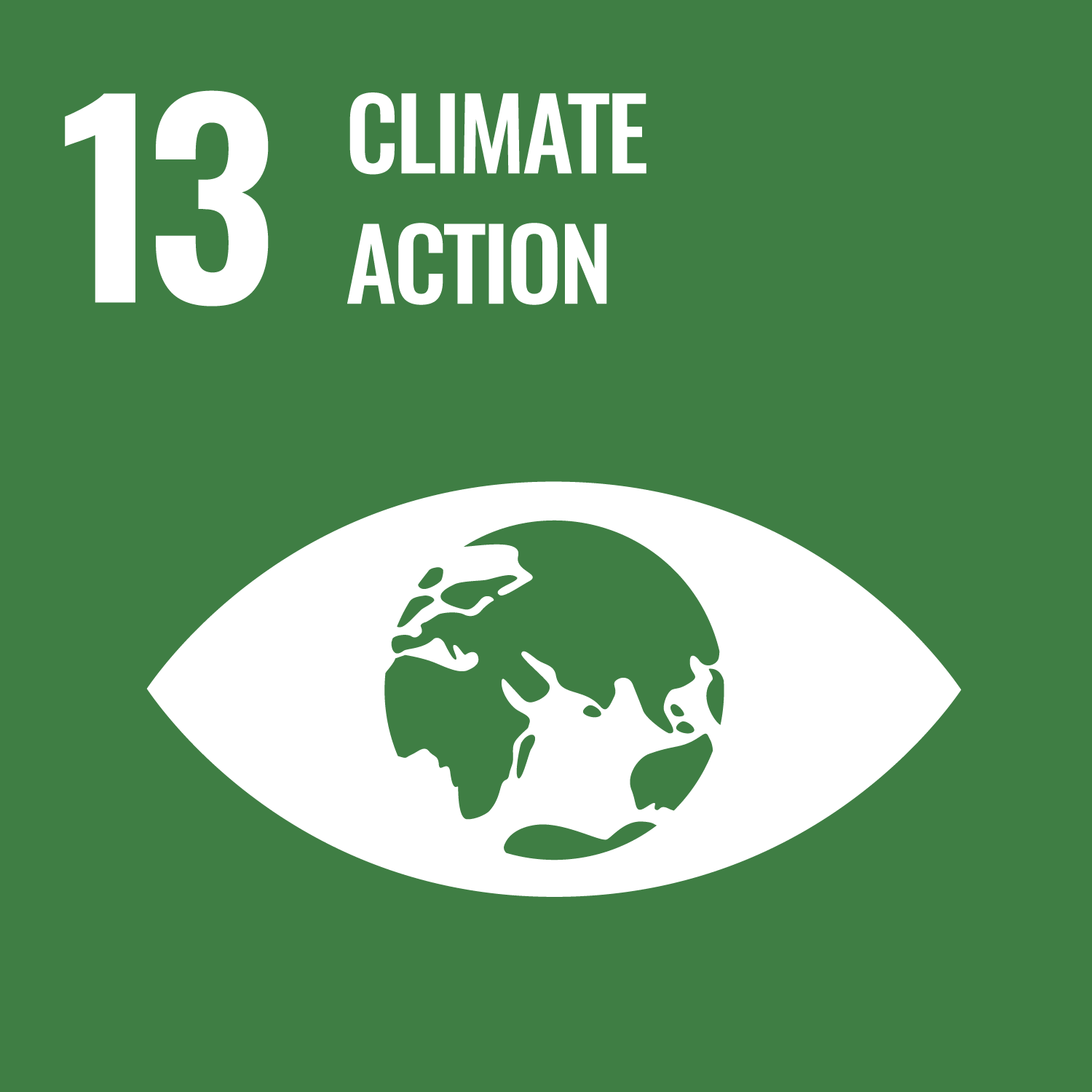St. Michael’s Rowing Club (SMRC) took part in the +CityxChange Open Innovation Call. For our project, SMRC installed solar panels on the roof of the club. We also installed a camera to show the river activity and water condition. We changed external lights to LED lights to increase energy efficiency.
We worked with Limerick Flying Club to gain access to the Weather Station information and set up a Solar Irradiance meter beside the PV panels. Day-to-day energy production was successful from the solar panels due to very sunny weather last summer.
We monitor solar irradiance daily. This is very useful as you can estimate production against expectations. When production falls it can indicate dirty panels. The +CityxChange Team gave us a device to monitor energy consumption in SMRC, which will provide a better perspective on energy-in versus energy-out.
The Solar Irradiance on the roof of SMRC demonstrated an unexpected bonus in that sunlight reflects against the River Shannon water surface and boosts production on the roof panels. We estimate that this bonus gives us approximately 10% bonus electrical energy that contributes to overall day-to-day power generation. We also noted that the ducks and birds use the panels to roost as the black surface causes them to be warmer than surrounding roofing.
We converted SMRC Clubhouse into the first Positive Energy Building in Limerick City, producing more electrical energy than it is consuming.
Through participation in the Open Call and sharing my experience I realised that there is a great interest in the general population for moving to a low carbon economy. There is however a lack of knowledge in how to do it practically and effectively.
Going forward the plan is to tackle this issue and show local people how this can be achieved easily and in many different ways.
St. Michael’s Rowing Club monitored the use of their clubhouse over a number of months. They shared information about building usage, occupancy, events. They gathered data from environmental sensors like Solar Irradiance, and the data from a neighbouring weather station, and energy gathered from their roof-top solar panels.
This project piqued great interest within the club. SMRC continues to tackle this issue and show local people how this can be achieved practically and effectively.




